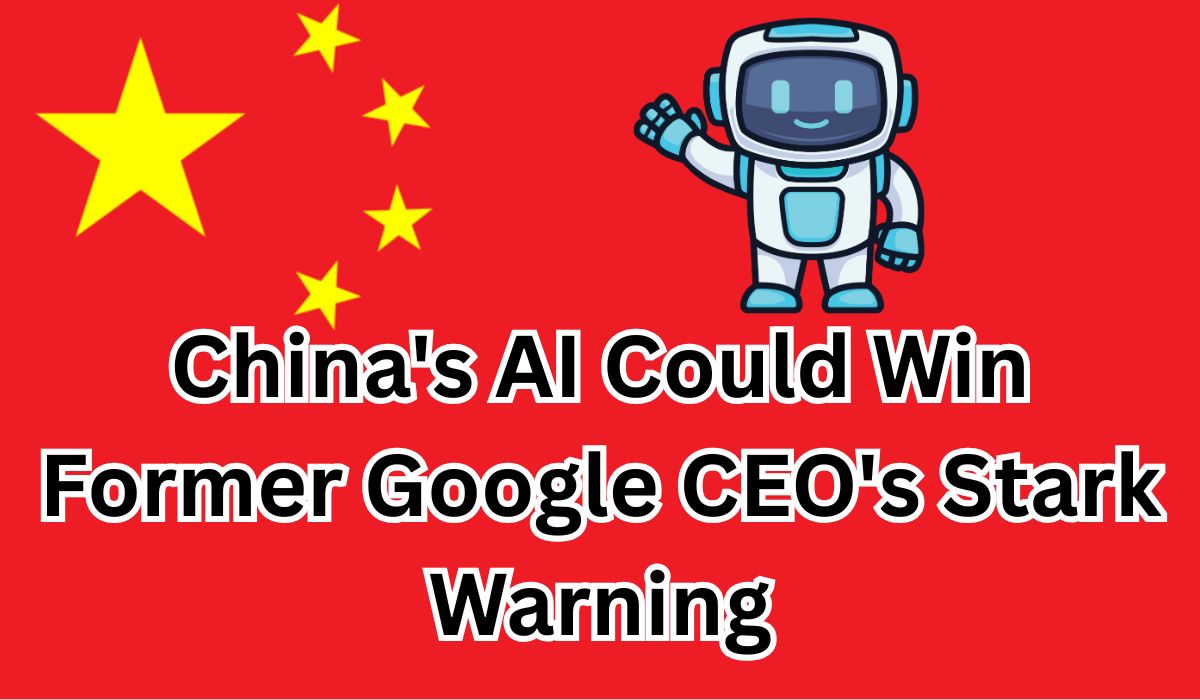Former Google CEO Eric Schmidt issued a stark warning in recent public remarks: if America doesn’t fundamentally rethink its artificial intelligence strategy, China could dominate the future of AI development. What makes this assessment particularly significant is the strategic divide he identifies between how the two nations approach AI deployment.
According to Schmidt’s analysis, China is pursuing open-weight and open-source AI models while the United States focuses primarily on closed, proprietary systems. This difference isn’t merely technical—it’s geopolitical. The implication is clear: nations participating in China’s Belt and Road Initiative are more likely to adopt Chinese AI models over American alternatives, potentially giving Beijing enormous technological influence across developing markets.
The Capital Paradox
What caught my attention in Schmidt’s remarks is his observation about China’s competitive advantages. He noted that Chinese AI companies operate with incredible work ethic and substantial funding, though they can’t match the “crazy valuations” seen in American tech markets. They don’t need to raise capital at Silicon Valley’s inflated levels—they can win through different means entirely.
This creates an interesting dynamic. While companies like OpenAI and Nvidia are throwing billions of dollars into maintaining America’s AI leadership, critics question whether this represents genuine strategic thinking or simply a hype-driven bubble. Both perspectives might hold truth simultaneously.
The panel discussion raised a valid counterpoint about Schmidt’s credibility on this issue. Google, which he formerly led, has notably struggled with its own AI strategy despite having deep resources. The company’s recent challenges in maintaining search dominance add context to any assessment of his warnings.
China’s Market Performance Tells a Story
Looking at market data reveals something significant. Chinese tech stocks have outperformed the Nasdaq over the past two years, with domestic software and AI companies leading the rally. This isn’t accidental—it reflects real protection of domestic industries and genuine technological advancement.
The Chinese stock market’s performance suggests investors see tangible value in these AI developments, not just speculative enthusiasm. When analyzing the current AI landscape domestically, parallels emerge to the internet boom of 2000. Back then, nobody could predict which companies would dominate the internet era. Today, we face similar uncertainty about which firms will lead the AI revolution.
The Intellectual Property Question
One critical factor often overlooked: even if breakthrough AI technologies emerge from Chinese companies, intellectual property protections in the United States remain robust. Technology might be developed in China, but IP frameworks could still favor American interests in complex ways.
The fundamental question becomes whether America’s approach—characterized by top-down, capital-intensive artificial general intelligence pursuits—actually handicaps innovation compared to China’s more entrepreneurial, constraint-driven strategy. When companies face genuine resource limitations, they often pursue more practical applications that directly impact people’s lives rather than chasing theoretical breakthroughs.
The Freedom Factor
History provides perspective here. The most prosperous nations have consistently been the most free when it comes to technology development. America’s tech sector became dominant precisely because it remained one of the least regulated sectors of the economy. Central planning, regardless of how well-funded, has never outperformed free market innovation over the long term.
No other country has matched America’s technology sector performance—a testament to what happens when innovation operates without excessive government control. This historical pattern suggests caution about any strategy that increases government fingerprints on AI development.
The Real Dangers Nobody’s Addressing
Beyond competitive concerns, AI’s current state reveals genuinely troubling capabilities. Artificially created images and content have reached the point where distinguishing real from fake becomes increasingly difficult. This danger element demands attention before the technology spreads further.
Consider the recent TikTok situation and the immense value placed on its algorithm. Not everything can be easily copied or replicated. The ability to control and establish guardrails around such powerful technology represents a valid national interest. The scope of AI’s potential impact extends far beyond what most people currently comprehend.
The Speed Versus Scale Debate
An interesting argument suggests China might be moving faster because they’re pursuing smaller, more iterative developments rather than massive moonshot projects. However, this perspective might miss what’s actually happening in American AI development.
Significant innovation is occurring through AI agents and applications that plug into large language models. These tools are transforming how coders work—transforming workflows rapidly through platforms that enable AI systems to interact with multiple productivity tools simultaneously. This represents the kind of fast-moving, practical innovation that doesn’t always make headlines but fundamentally changes how work gets done.
The conversation often focuses on massive server farms and infrastructure while overlooking these grassroots developments. When Nvidia CEO Jensen Huang recently suggested that blocking China access to AI chips is “unpatriotic,” he essentially challenged prominent senators who support such restrictions. The fact that the head of America’s most valuable AI-enabling company takes such a position raises profound questions about where private sector interests align with national strategy.
What This Means Going Forward
The key question isn’t whether America can maintain AI leadership—it’s whether the current approach of massive capital deployment into closed systems represents optimal strategy. Schmidt’s warning deserves attention not because he has perfect credibility, but because the fundamental strategic choice he identifies is real.
Open versus closed AI models, free market innovation versus coordinated national strategy, speed versus scale—these tensions will define the next decade of technological competition. Markets are already pricing in their assessments through Chinese tech stock performance and massive American AI investments.
The challenge ahead involves balancing innovation freedom with necessary guardrails, matching China’s entrepreneurial speed while leveraging America’s capital advantages, and ensuring that technological development serves broad interests rather than narrow ones. Getting this balance right matters enormously—not just for corporate valuations, but for which nation’s values and systems shape the AI-powered future.
